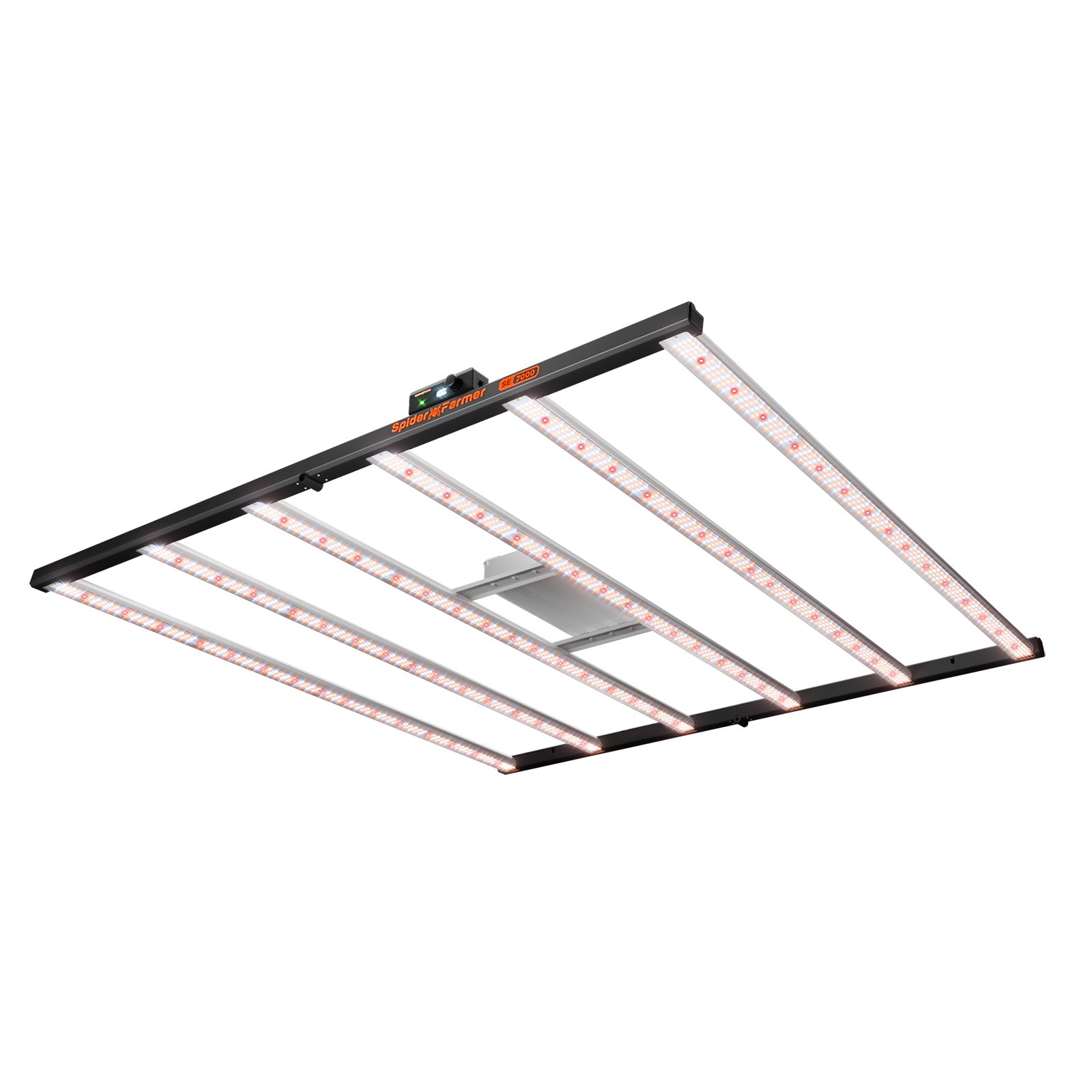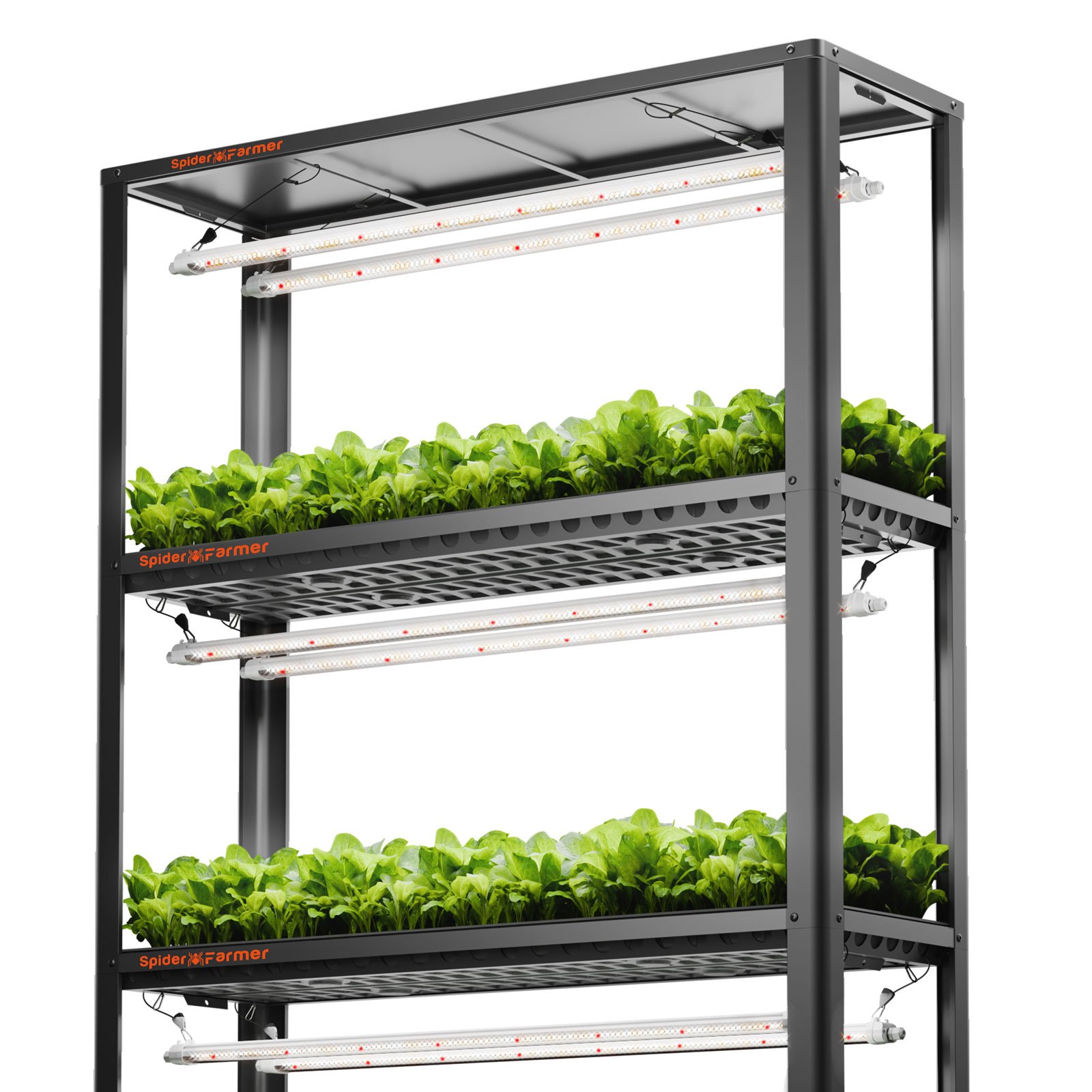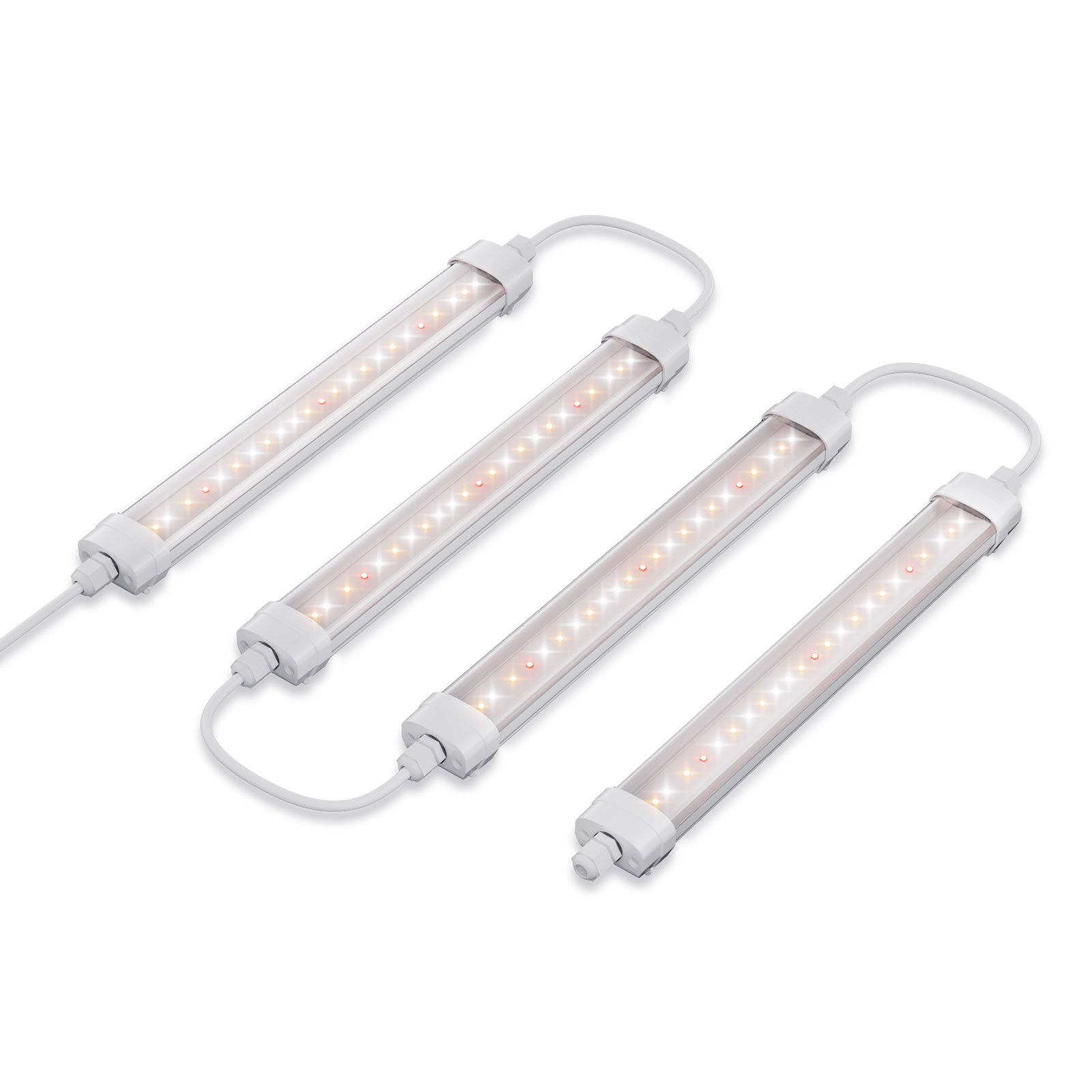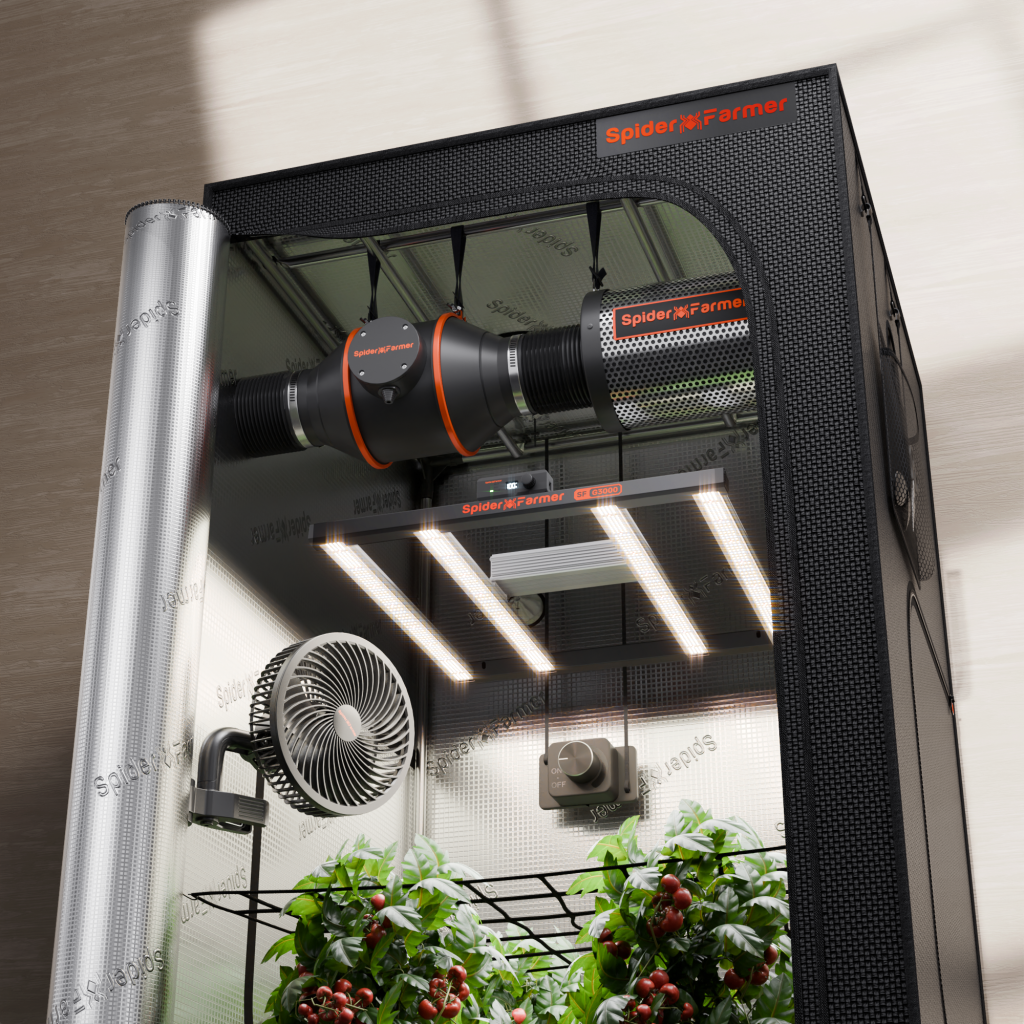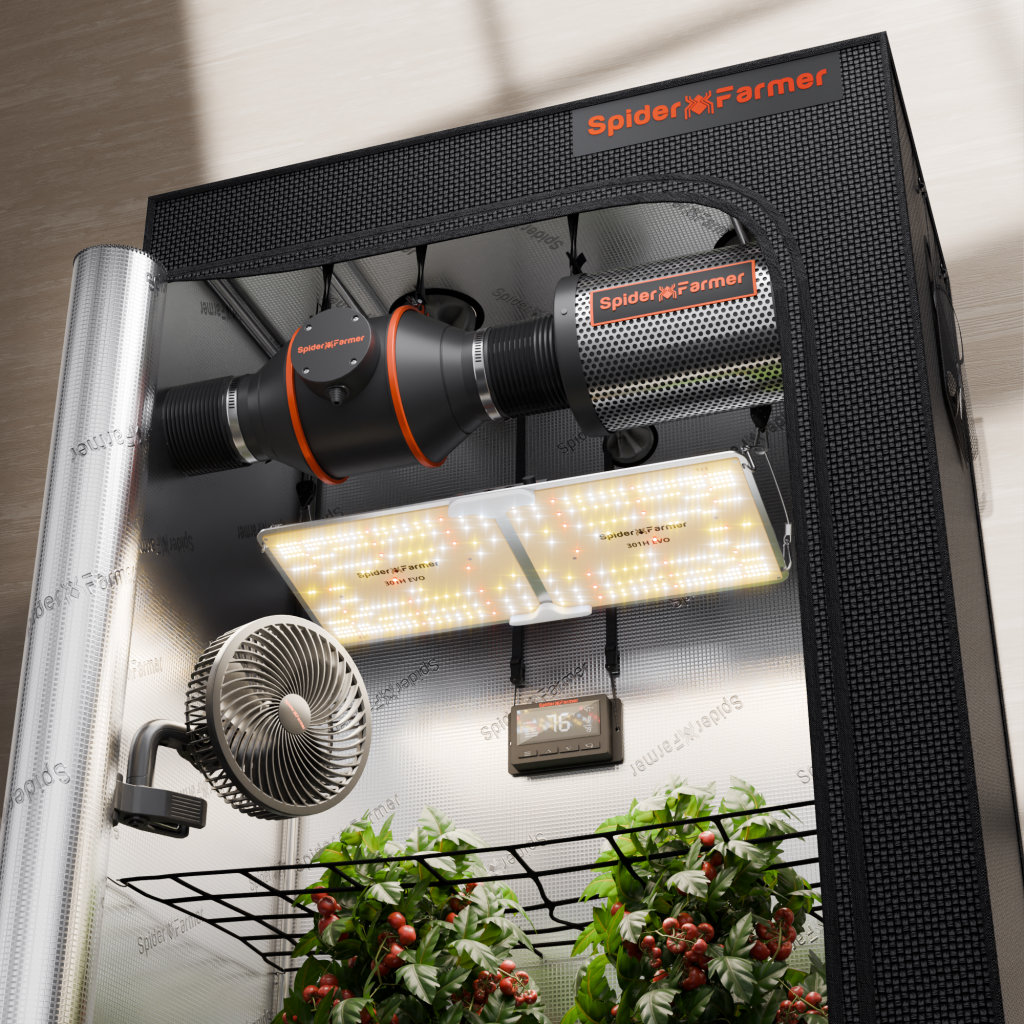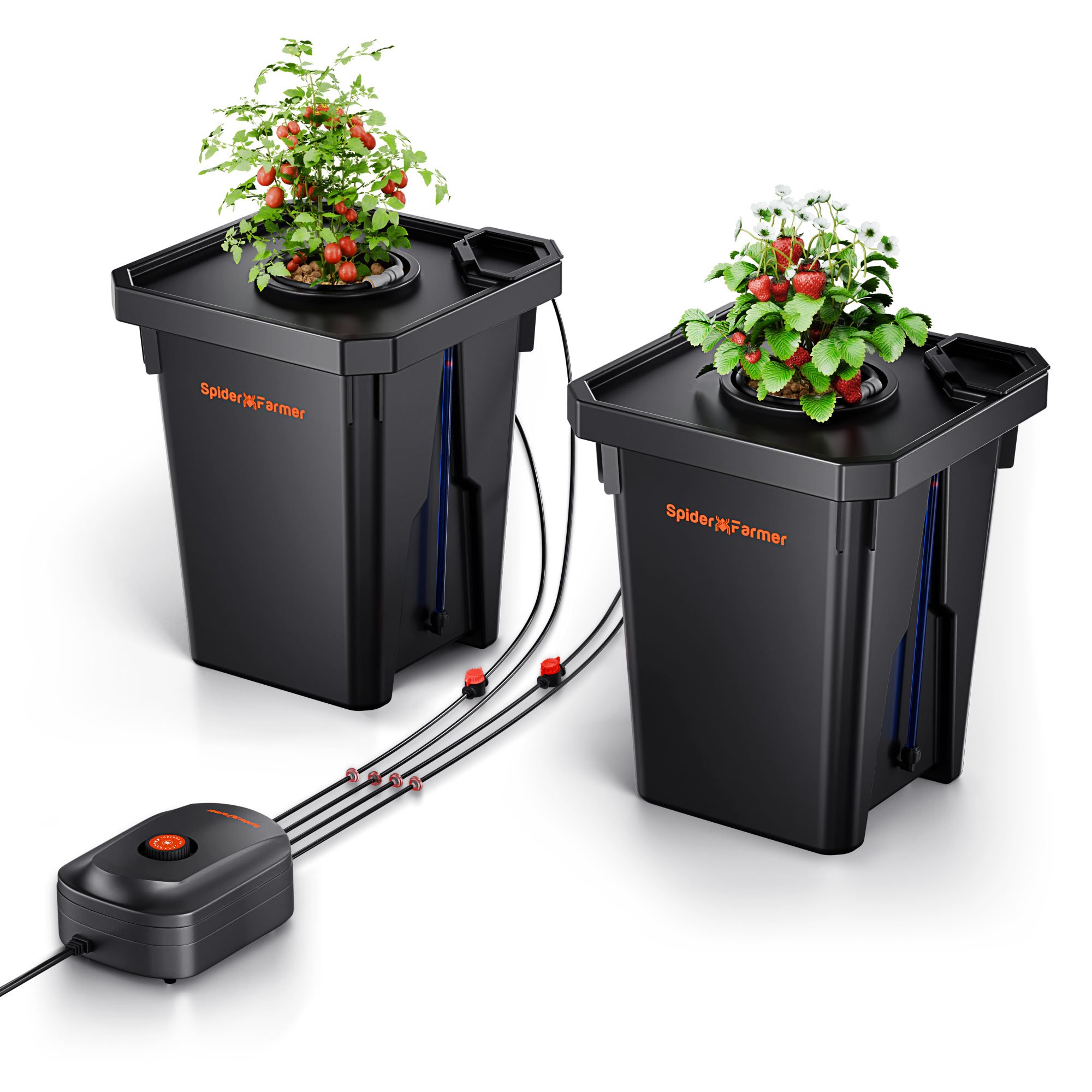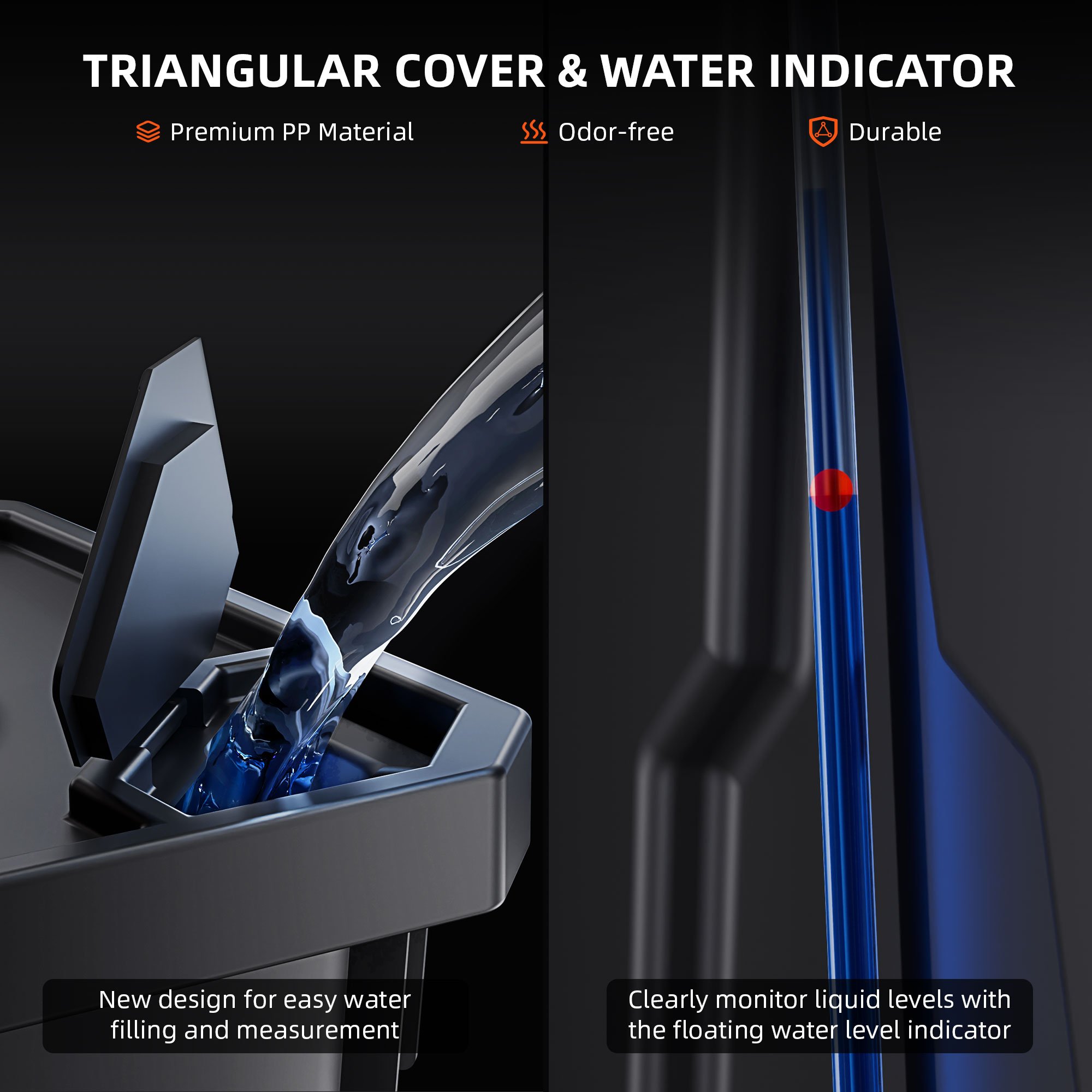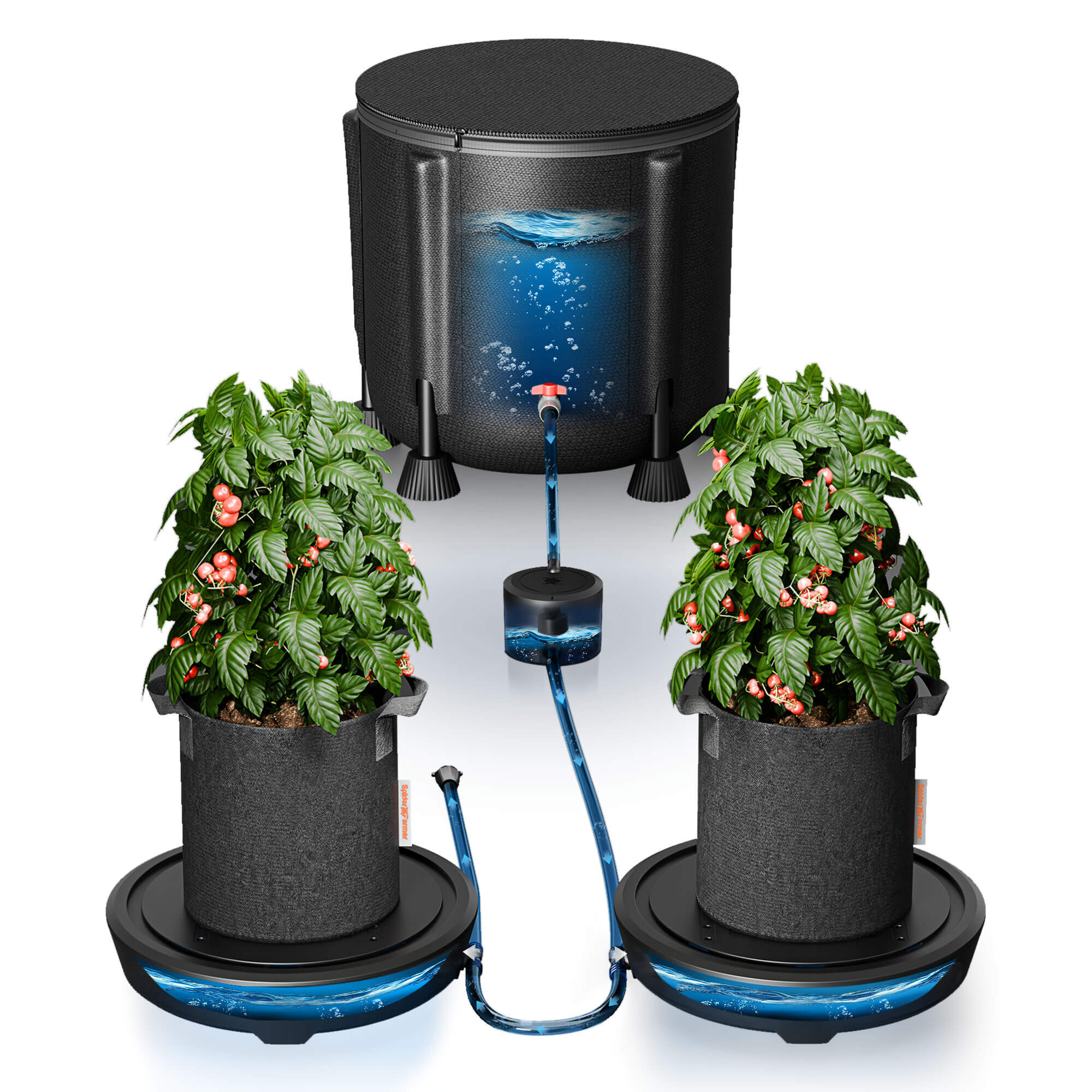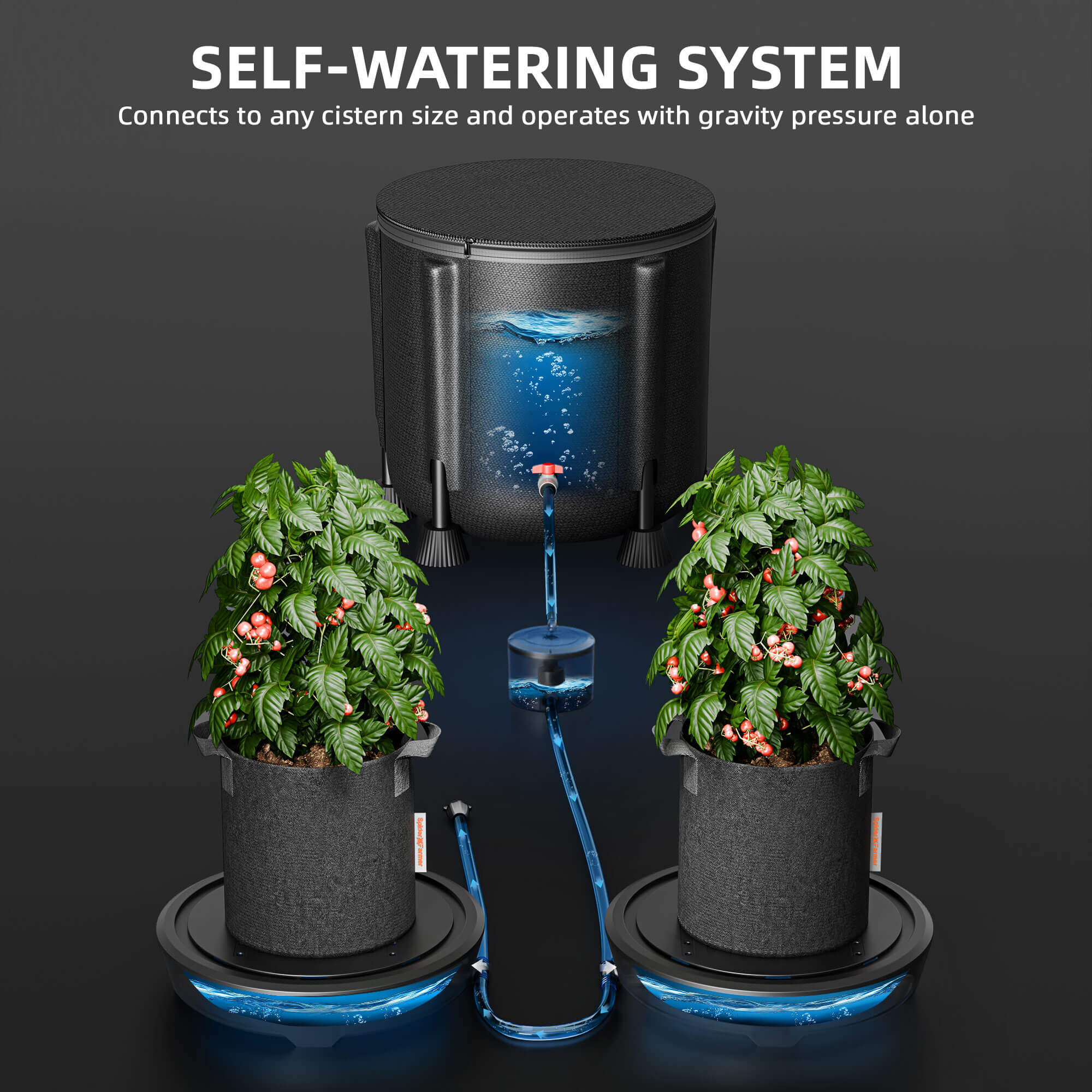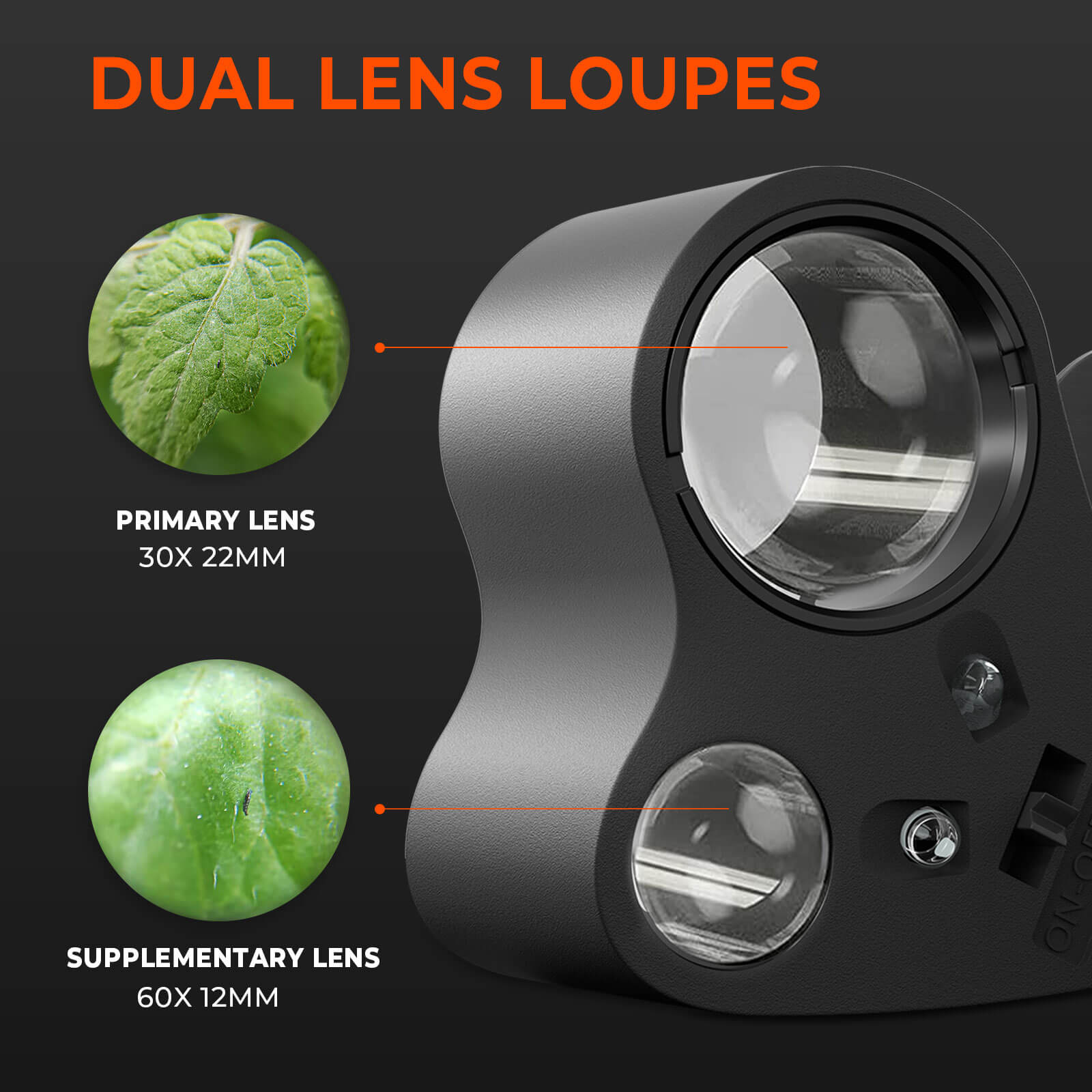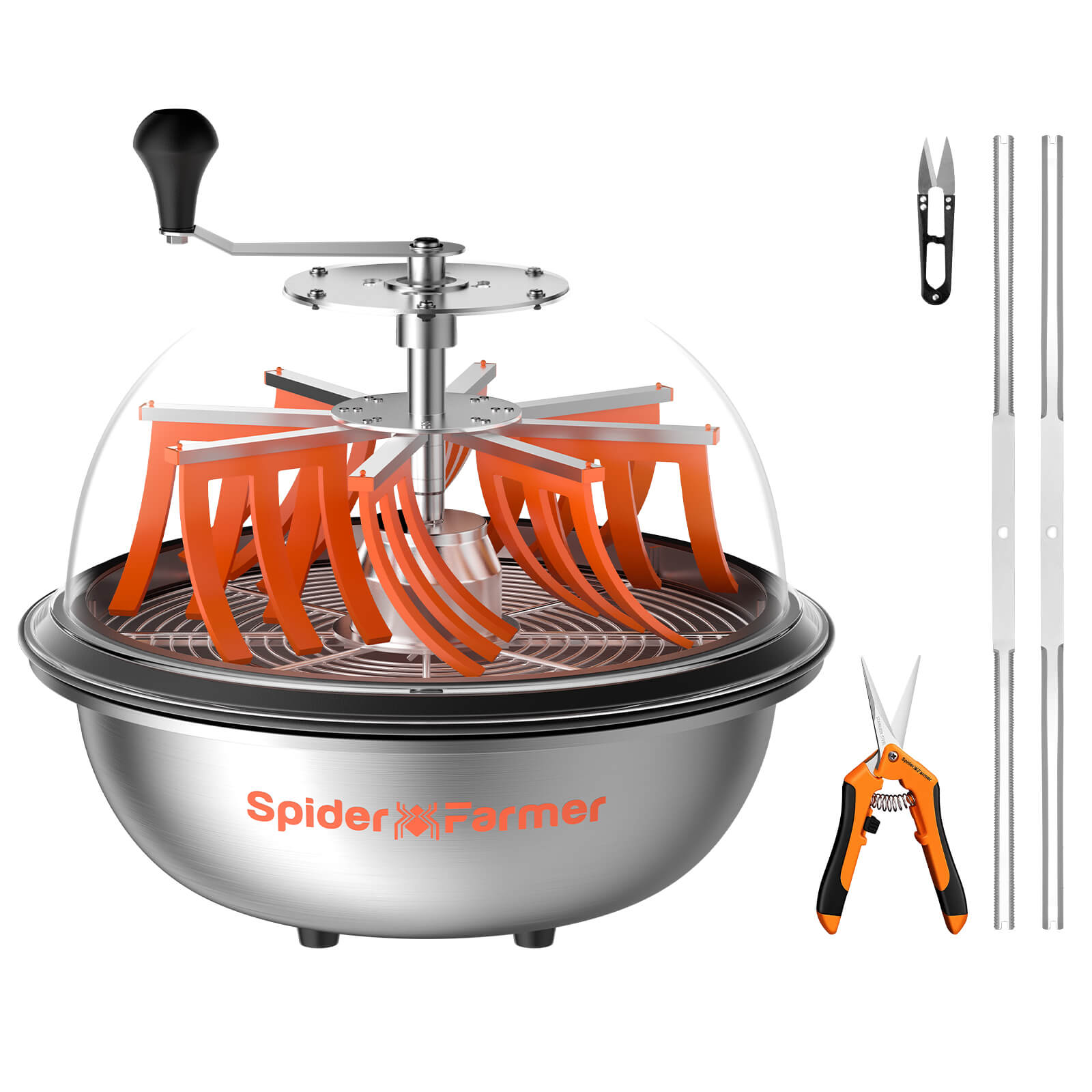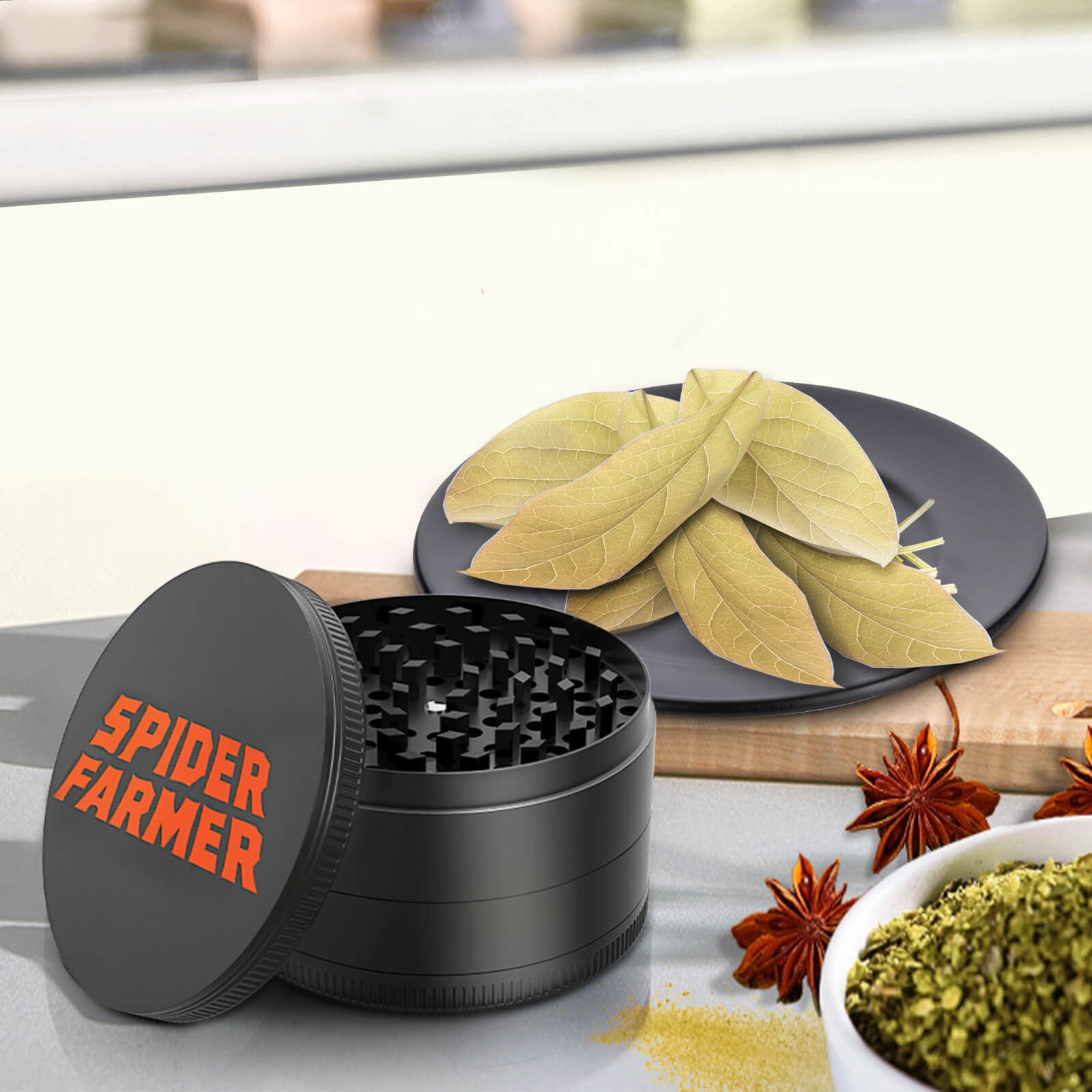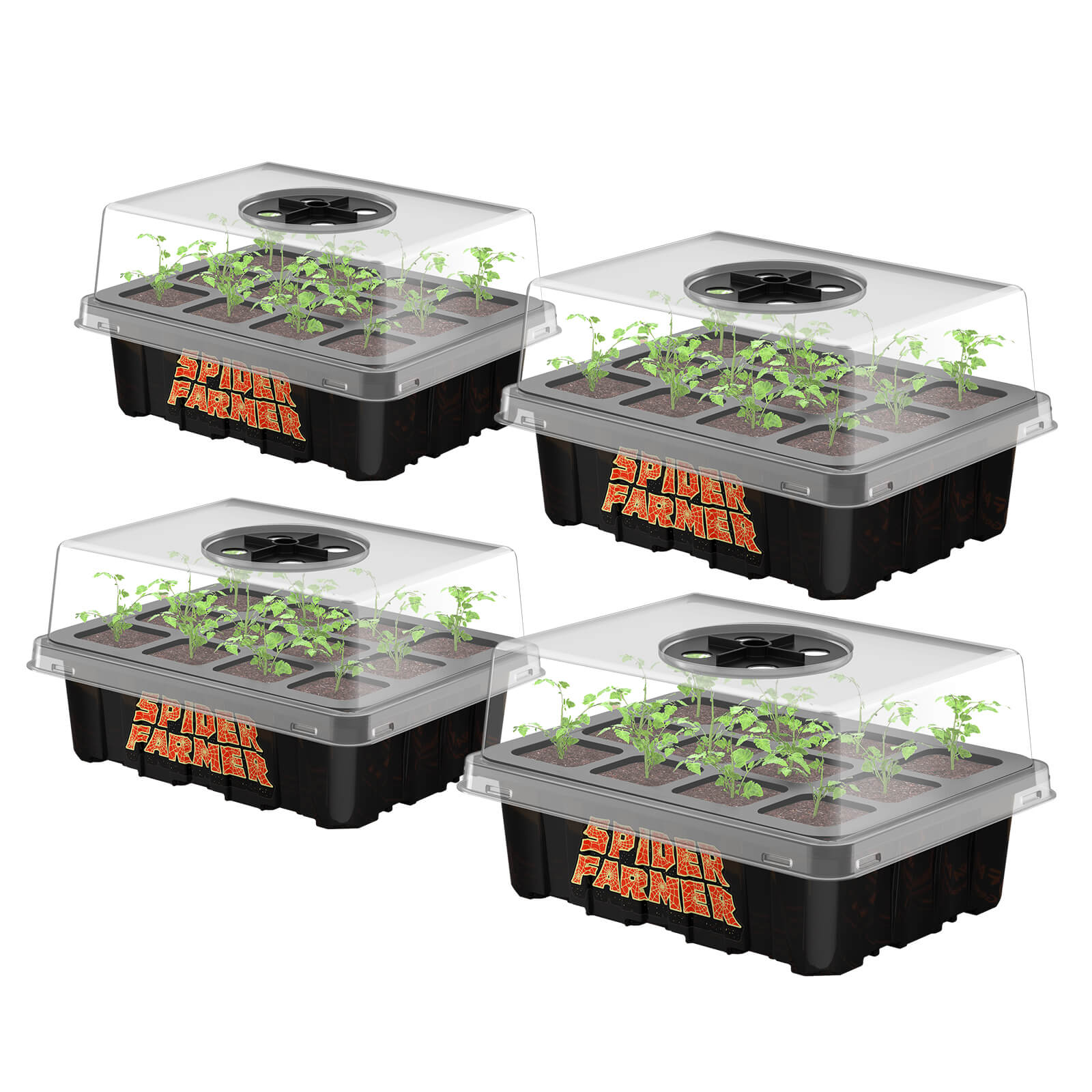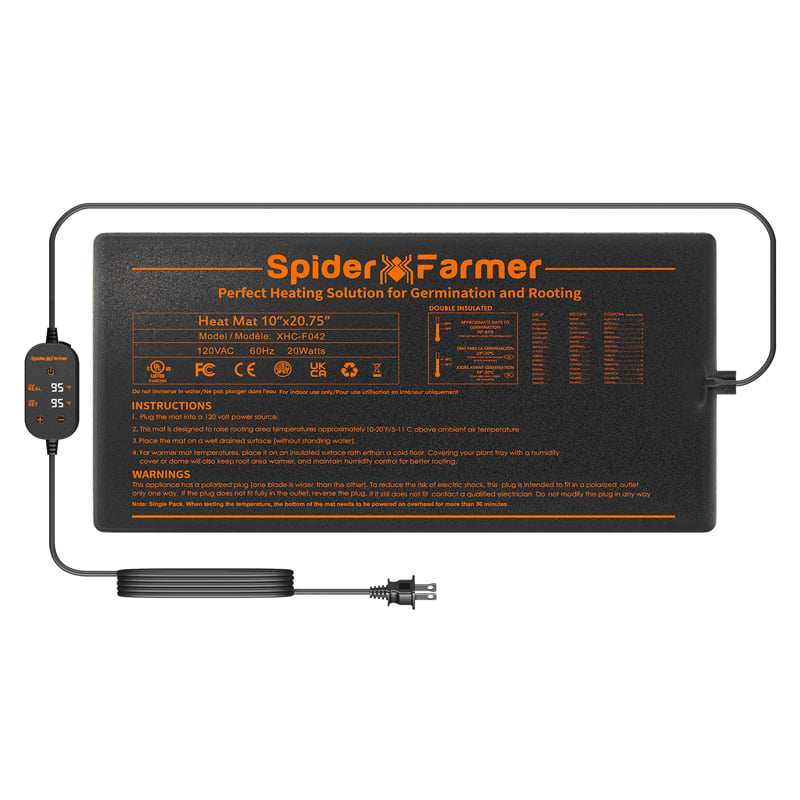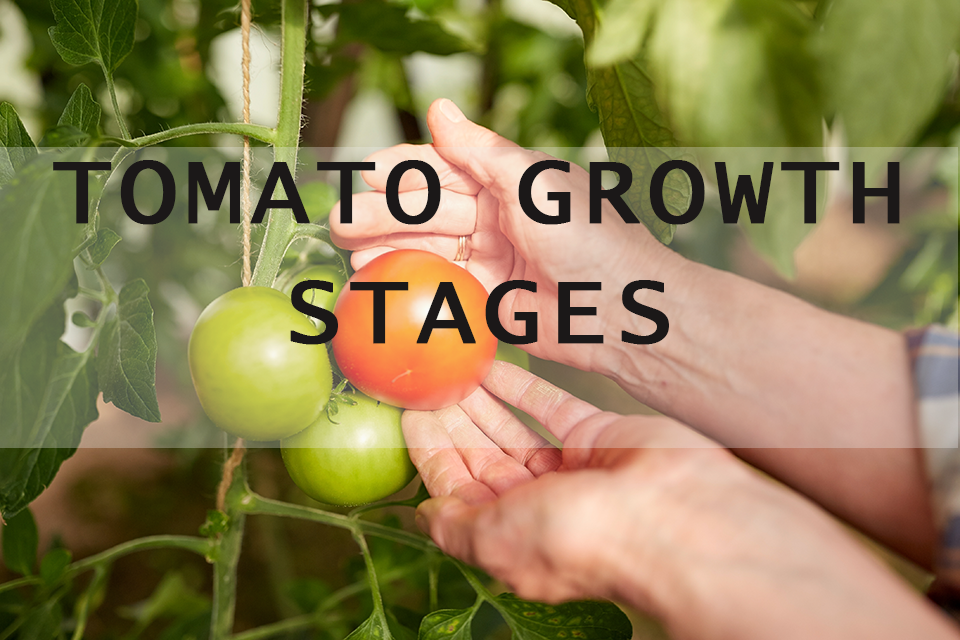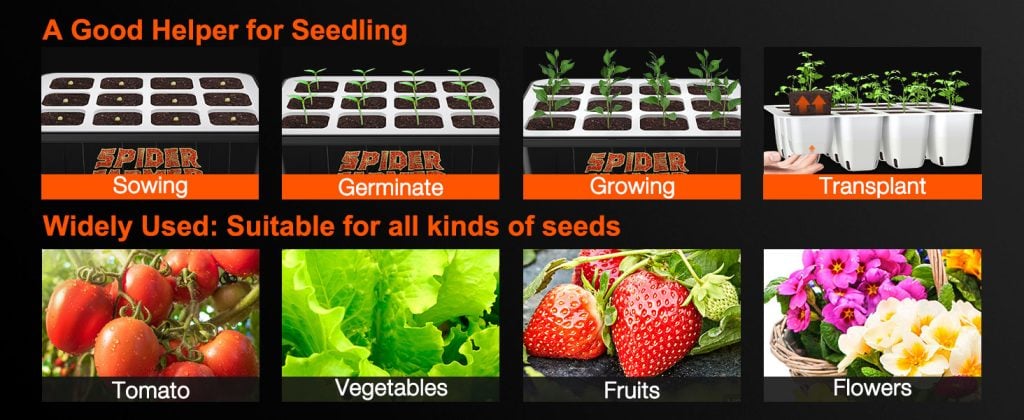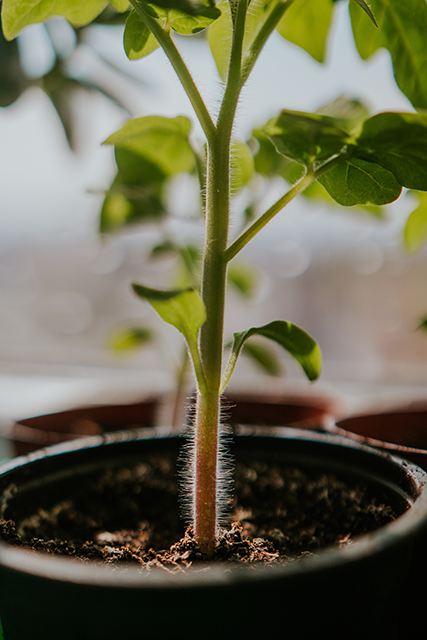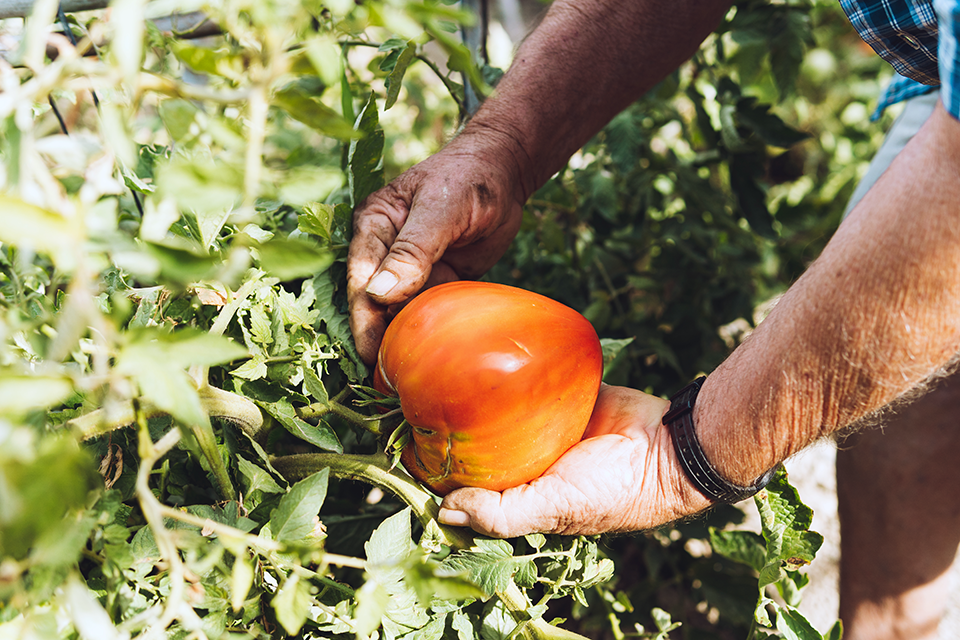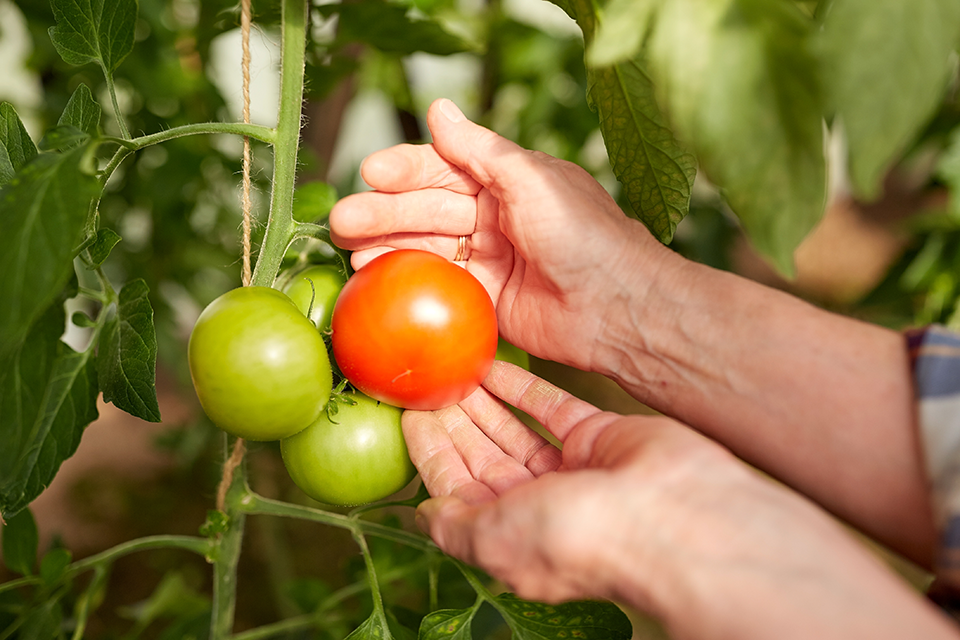Tomato Growing Stages: How Long Do Tomatoes Take to Grow
Tomatoes are versatile fruits that can be utilized in one hundred ways on your dinner table. If you ever think about growing tomatoes at home, questions like ‘how long do tomatoes take to grow’ and ‘what are tomato growing stages’ may arise. While different types of tomatoes differ in maturity, they all follow the same growth patterns or growing stages.
When googling about tomato growing stages, you can see two common answers - one is the 7-stage growth and the other is the 5-stage growth. Theoretically, they are the same thing, but if you want to check the difference, here it is:
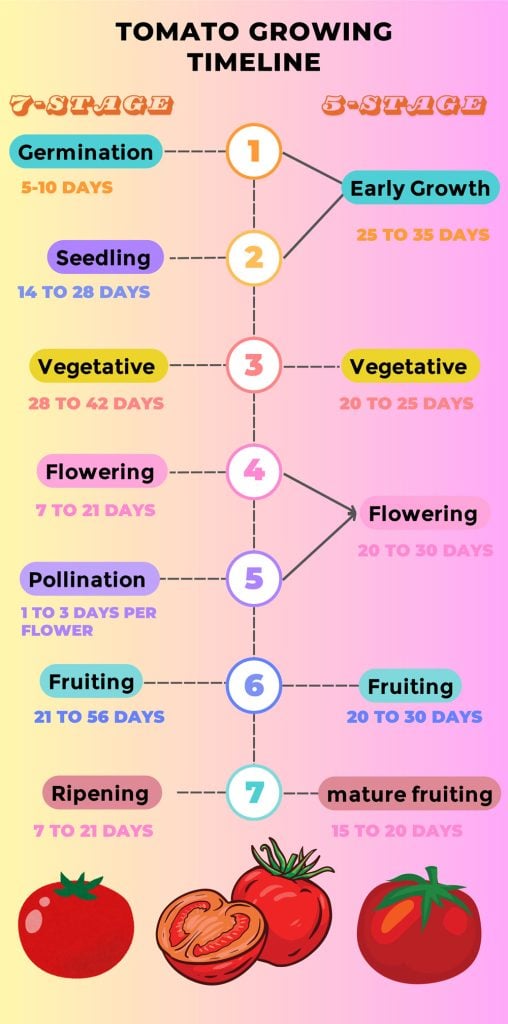
In this guide, we'll walk you through each stage, from seed germination to harvesting, ensuring your tomato plants thrive every step of the way with our special tomato caring tips.
How Long Does It Take for Tomatoes to Grow
How long does it take for a great tomato harvest? Tomatoes have quite a few varieties and that decides the answer to this question will vary. Additionally, the growing environment also plays a big role. So, the time we mention here is just a rough estimate.
In general, if you sow the seeds indoors, you can expect 60-90 days to fully develop fruit after transplanting the seedlings. If grown tomatoes outdoors, tomatoes typically mature in 90-140 days. Longer than you expect, right? Unlike basil, lettuce, or other home-grown veggies, tomatoes have a pollination stage where they have to rely on the wind and insects.
Selecting Tomato Seeds
If you are new to tomato cultivation, seed selection is also a lesson. Tomatoes can be roughly divided into determinate and indeterminate varieties. Determinate tomatoes, which grow to a fixed size and produce a single harvest, usually progress through the growth stages more quickly than indeterminate types, which yield multiple harvests. If you prefer a quicker shot, try determinate tomato seeds to kick off a good start.
Sowing Tomato Seeds Indoors with Seed Starter Trays
Although some growers plant the tomato seeds right into outdoor gardens and let them mature, it’s highly suggested to sow the seeds indoors to create a growing environment that’s fully under your control, including the temp, humidity, watering, etc.
When sowing seeds indoors, using high-quality germination trays can make all the difference. Spider Farmer Seed Starter Trays are an excellent choice for tomato growers looking for the best start possible. How come?
- The trays feature an adjustable air vent, allowing you to control inner humidity levels for optimal sprouting conditions. Additionally, the transparent dome lets you monitor plant growth at any time without disturbing the environment.
- With individual cells for each seed (12 cells in total), you can ensure that each one has enough space and nutrients to sprout successfully. When it's time to transplant your seedlings, the cells allow you to pop them out with minimal root disturbance.
- Last but not least, the waterproof base tray is ideal for use on a heat mat (your tomato seeds will love that), promoting consistent warmth and moisture retention.
To plant the seeds in Spider Farmer Seed Starter Trays, fill the cell with moistened potting medium and press it down gently. Give the surface a few taps to compact the soil slightly. The rest is to wait patiently.
Ready to give it a try? Click on the cart button to add it to your list.
Tips from Spider Farmer: Soaking tomato seeds before planting can speed up germination. Place the seeds in a bowl of warm water for a few hours. This softens the seed coat, making it easier for the embryo to emerge.
Tomato Growing Stage #1: Germination
Here we are - the first actual stage of tomato growing phases. Generally, tomato seeds start to sprout in 5-10 days after planting. However, you can expect to see the sprouts in 6-8 days with Spider Farmer seed starter trays.
Once the seed germinates, it develops a tiny root called the radicle, which emerges and grows downwards into the soil. Shortly after, a small shoot pushes its way up through the soil surface, seeking light. Along with the shoot are two small, oval-shaped leaves called cotyledons. These are the seed leaves and are typically the first signs of life above the soil. Fascinating, isn’t it?
To germinate effectively, tomato seeds require the following conditions:
- Maintain a consistent temperature of 70-75°F (21-24°C). The highest you dare to try is 85°F (29°C). Anything higher than that would likely deprive seeds of the moisture they need to germinate.
- Keep the soil consistently moist but not water-soaked.
- Tomato seeds do not require light to sprout.
Tomato Growing Stage #2: Seedling
After another 2-3 weeks, tomato plants start to grow seedlings. During this phase, the seedlings develop their first true leaves and begin to establish a stronger root system. These leaves, which shoulder the responsibility of photosynthesis, resemble the typical appearance of tomato plant leaves. As more true leaves develop, the seedling will begin to take on a bushier appearance.
Below the soil, the roots are expanding and filling the cell tray. Tomato plants will also absorb water rapidly and the soil will dry out quickly. When you notice there are several sets of true leaves and the plant is around 3 inches tall, it’s a reminder that it should be moved to larger pots or transplanted into the garden.
In the seedling stage, you should watch out for:
- Tomato seedlings need plenty of light to grow strong. Place them under grow lights or in a sunny window where they can get at least 14-16 hours of light per day. Without enough light, seedlings become leggy and weak.
- Similarly, maintain a moist but not waterlogged soil condition.
Tomato Growing Stage #3: Vegetative Stage
After transplanting tomato seedlings to larger containers or pots, it’s time to enter the fast-growing, crazy vegetative stage when tomato plants develop robust stems, leaves, and roots. This stage will last 20-25 days and is crucial for building the plant's structure and preparing it for flowering and fruiting.
To start with, the main stem of the tomato plant will thicken and grow taller. Along with the thickened stem, the plant will produce a large number of leaves. These leaves are typically dark green, with a serrated edge, and will become increasingly complex in shape. The root system will continue to expand a few inches deeper, anchoring the plant firmly in the soil and waiting for the coming fruits.
During this active growing stage, you need to focus on:
- Tomatoes during the vegetative stage benefit from a balanced fertilizer with a slightly higher nitrogen content to promote leaf and stem growth.
- Prune the lower leaves and any suckers that develop in the leaf axils to improve air circulation and reduce the risk of disease.
- Reduce the sunlight or the use of grow lights. 6-8 hours of lighting is sufficient for the veg stage.
Tomato Growing Stage #4: Flowering Stage
In 5-7 weeks after germination, tomato plants step into the flowering stage with noticeable small yellow flowers and height reaching 12 to 18 inches tall. Depending on the type of tomatoes, indeterminate varieties start flowering a bit later but will continue to produce flowers and fruit until the end of the season. Determinate varieties, however, produce all their fruit over a shorter period.
When flowering begins, pay attention to supplying your tomato plants with the following essentials:
- Optimal temperatures for flowering are between 70-85°F (21-29°C). Extreme temperatures can delay flowering or cause flowers to drop prematurely.
- Hold on to the light. Tomato plants need at least 6-8 hours of direct sunlight per day to support flowering and fruiting. If unavailable, use indoor grow lights instead.
- Proper nutrition is still encouraged, but this time, reduce the use of nitrogen and add a bit more phosphorus to support healthy flowering.
Tomato Growing Stage #5: Pollination
Pollination is the stage where flowers are fertilized to produce fruit. Each individual flower is receptive to pollination for about 2-4 days after it opens. For a whole plant, you can expect 20 days to finish pollination.
This process typically occurs naturally through wind or insect activity, transferring pollen from the male part (anther) to the female part (stigma) of the flower. If you are growing tomatoes indoors or in controlled environments such as greenhouses, manually pollinate the flowers by gently shaking the plant or using a small brush to transfer pollen.
To help your tomatoes go through the pollination stage more smoothly, temperature and humidity are two major factors you need to control. Avoid extremely high temperatures (85 degrees above) and high humidity (over 80%) can make pollen sticky and less likely to transfer.
Tomato Growing Stage #6: Fruit Development
When the flowers are successfully pollinated, the base of the flower will begin to swell as the fruit starts to develop. In the meantime, the flower stem starts to turn green. The petals will soon wither and fall off, leaving the tiny, developing tomato.
This fruit development will continue over the next 2 to 3 weeks, during which small green fruits, about the size of marbles, begin to form. Initially, the growth is slow during the first two weeks, and tomatoes at this stage are completely green and pretty small.
But, it is followed by a fast-growing period lasting 3 to 7 weeks, depending on the varieties you sow. The transformation begins with the first subtle blush, like the dawn's soft kiss awakening the world. This delicate hint of color marks the fruit's initial steps into maturity, a promise of the vibrant hues to come. With each passing day, the tomatoes grow, their colors deepening from the shy whispers of green to the confident, glowing reds and yellows.
To assist your tomato plants in fruiting, you need to:
- Ensure the soil remains consistently moist. Inconsistent watering can lead to issues such as blossom-end rot, where the bottom of the fruit develops dark, sunken spots.
- Use a fertilizer higher in phosphorus and potassium to support fruit development and ripening. Watch for signs of nutrient deficiencies, such as yellowing leaves or poor fruit growth, and adjust your fertilization schedule accordingly.
- For advanced tomato growers who want to achieve an attractive red vibrant color, consider using Spider Farmer SF1000 LED Grow Light, the best indoor grow light to promote the development of lycopene, the pigment responsible for the rich red color in tomatoes.
Tomato Growing Stage #7: Ripening
The ripening stage is the final and most eagerly anticipated phase of tomato cultivation. This is when the tomatoes reach their full color, flavor, and nutritional potential, ready for harvest and consumption. When the tomato plants reach their mature hue, which can be red, orange, yellow, or even purple, depending on the variety, it’s time for a tomato feast! You don’t want them to wind up eaten by the insects or pests.
When Is the Best Time to Harvest Tomatoes
Long story short, you can harvest tomatoes as soon as they reach the color you like! Not the tiny green ones for sure, but you can collect these fruits anywhere from lightly red to mature darkened red.
Gently squeeze the tomato; it should feel firm but yield slightly under gentle pressure. Overly hard tomatoes may still need more time to ripen, while very soft tomatoes might be overripe and should be picked immediately.
Conclusion
Growing tomatoes is a rewarding journey that involves 5 or 7 distinct stages. From selecting the desired seeds to harvesting ripe fruit, each step requires careful attention and care. By following this guide, you'll be well on your way to enjoying a bountiful tomato harvest. Anything you’d like to share? Leave a comment below!



